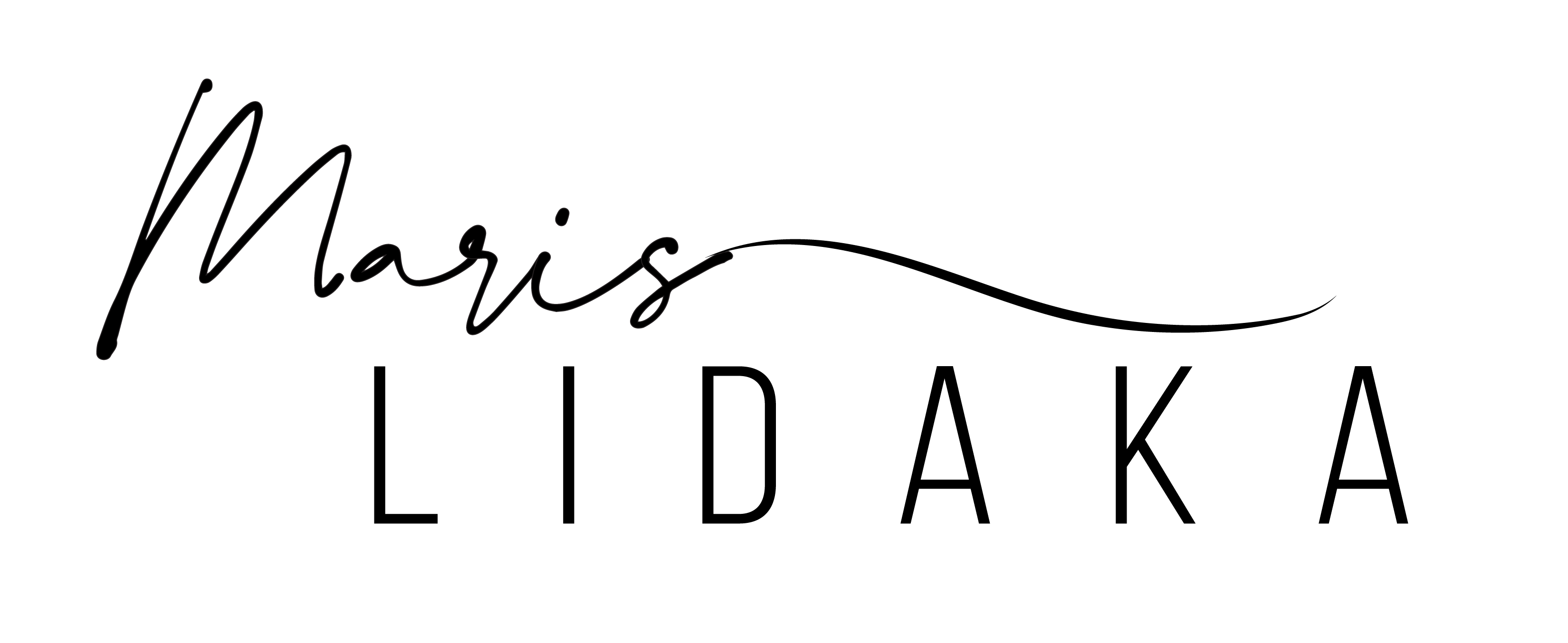How to Run 3 Creative Businesses
This article originally appeared in my newsletter. To get advice like this in your inbox. Sign up here:
A few weeks ago, I mentioned that I have 3 inter-connected business that I run:
- Consulting
- Media Development
- Post-Production
Without taking the right steps, managing this can easily lead to burnout. So this week, I want to give some insight my process. How I keep the operations on all 3 running smoothly, without becoming overwhelmed.
But first, we have to answer this question:
IS THIS EVEN NECESSARY?
I broke this down in last week’s newsletter. Breaking apart all of the services that I provide into 3 different business was a necessary step for me. Trying to have one place that featured everything was only leading to confusion. Not to mention, de-valuing the work that I provide. So it was a must to split them all up in order to provide a better experience.
The way that I’ve done this is to have 3 separate websites:
marislidaka.com – for any consulting work
blendedfutureproject.com – for creative development and content creation around the mixed experience.
mlediting.com – my editing portfolio
The first website is the main way that people will find me. And they will be offered a choice of what they’re looking for. But I’ve also created a way on each website for people to go to the other, just in case.
And besides having the different website, I have different social profiles for my consulting (Maris Lidaka) and my development (Blended Future Project) businesses. Each of them posting completely different types of content. Because I know that the audiences are separate. There might some overlap (like my podcast for example). But I try and cater to the needs of each separate audiences.
Editing, because it’s a portfolio, lives on its own and doesn’t have its own social media profile. It serves to get me freelance work, which doesn’t need a completely separate social media. Anything I do for that, can simply be under my personal social media profiles.
So how do I keep all this together?
Let’s take this in sections:
THE SECOND BRAIN
One of my father’s favorite movies was Indiana Jones & The Last Crusade. His favorite line in that movie is when Sean Connery says:
“I wrote it down so I wouldn’t have to remember!”
It made him laugh out every single time.
It took me years to learn the value of this lesson. But I know write everything down…so that I don’t have to remember. I use ClickUp in order to organize every aspect of what needs to happen in each business. So that I’m not relying on memory.
Another aspect of this is to:
BUILD SYSTEMS
Everything needs a system. I have a way of collecting information on who my clients are. What they need. And what I’m providing to them. These systems are improved upon and iterated whenever necessary. But I have a system so that way the journey for each customer is as smooth as possible.
To give you an example:
When a new potential client books a meeting on my website for consulting work. I send them HERE. Before they can book the meeting, they have to answer a series of questions. This is not only so I can prepare. But I can make sure that they are serious about wanting to work with me. Not to mention, if they are a great fit. After the meeting, there’s a system to follow up. And also a system for what we will work on every week.
The importance here is to create automation where it needs to be. I want to be able to concentrate on the aspects of my work that are creative and not the ones that are administrative. So if I can automate it, I do so. This is not only beneficial for me. But it helps me focus on what really matters:
People.
Another way I keep my head above water is by:
BUILDING A TEAM
No man is an island” is how I think the saying goes. The same goes for running any kind of company. While I am capable of doing a lot of things. It doesn’t mean I should be doing all of them.
A month ago, I made a list of the things that I do and organized them into 2 categories:
ENERGY GIVERS
ENERGY DRAINERS
Anything that was a drainer, I’ve been looking for a way to have someone else take on the responsibility. Anything that gives me energy, like writing this newsletter, I will keep on going. Because I realize the most valuable part of life is one thing:
TIME
Time is a finite resource that we can never get more of. We never know when it runs out. So if there’s something that I don’t like spending my time doing (like writing social media captions). Then it’s best if I look into how to bring someone else on to take over.
But more than just taking over parts that I don’t like. I also have to allocate my time wisely. Like my podcast episodes, I can edit them on my own. But that takes away from the time I have to get more guests and meet new people. Which also takes away from the time I can spend writing my feature film.
Make sure that you are using your time so that is has the greatest impact. Which means, sometimes, it might come out of your pocketbook.
But keep in mind – money is something you can replace. Time is not.
SAYING NO
This one is hard, especially coming from the world of freelancing. We have to say Yes a lot to keep the lights on. Every project that I take on means I’m spending (here we go again) time working on it. So I have to discern which projects and clients are worth the time. And which ones aren’t.
I want to see each and every person succeed. And I know that I have the ability to help every person I come across. But that doesn’t mean I always should. The way that I decide is by looking at what kind of impact I can have with it.
- Is it something that will enhance my company’s mission?
- Will it be a valuable connection?
- Is it up to, or can it get to, my standard of quality?
All of these are what I look at when I decide to say yes to a project, that is optional. Sometimes we work in order to keep our bills paid. But as you gain experience and influence.
Look to how you can be more selective with what you take on.
CONNECT AND DECOMPRESS
I’m a storyteller. That involves meeting and learning about people. Creativity is nothing without an audience. And we get nowhere on our own. I make it a priority to try and either meet new people. Or reach out to people I haven’t talked to in a while.
Because life is about relationships.
Those relationships might not lead to an immediate income. But they will lead to a future opportunity.
Not just for money. But also for learning.
And I make sure to have time to decompress. Self-care is about keeping your mind and body in top-shape. So I find time to exercise, meditate, think and (shockingly) goof off.
Some of the most celebrated artists of our time spent much of their time NOT working. To them, as it should be, it was just as important as the work itself.
Hard work and long hours can’t be avoided at all times. But we also can’t be putting on long hours and hard work all of the time. The body and mind need to rest.
But also, it’s in these times that we actually become inspired.
STEADY PROGRESS
The most important part of running these 3 business is taking deliberate steps. None of these have to be running at full speed in short order. They each have their own method and focus that I devote time to.
My editing portfolio essentially runs itself. So I’m able to reach out to companies who might need that for a combined few hours a week.
I’m focusing a lot of time and effort on building my consultancy. So The Blended Future Project might not see a lot of updates until my personal website and workflow is in a good place. So take on what you can handle at one time.
Don’t try to boil the ocean.
Think in terms of years for where you’re heading, not just quarters. Having ideas doesn’t mean you always have to accomplish them immediately. Part of time management is being comfortable with delayed gratification.
FINAL INSTRUCTIONS
The last thing I will leave you with is to:
Create a schedule.
Knowing what you have to accomplish each day and having a plan will help you get your day started off right. It incorporates all of the steps above and it’s how you can get a lot done in a little amount of time.
In fact, having a schedule enabled me to write this newsletter and all the social media for multiple platforms done in just 4 hours!
So if you’re working on a lot of different business. Remember to follow my steps:
- Have a Second Brain
- Build Systems
- Build A Team
- Manage Your Time
- Say No
- Connect and DeCompress
- Schedule
This will help you get a better handle on where you’re at now. And guide you on the road ahead.
- Want more filmmaking and creator advice? Sign up for my newsletter.
- Get my free workbook The Mixed Creator
- Need coaching or consulting? Book a meeting with me.


